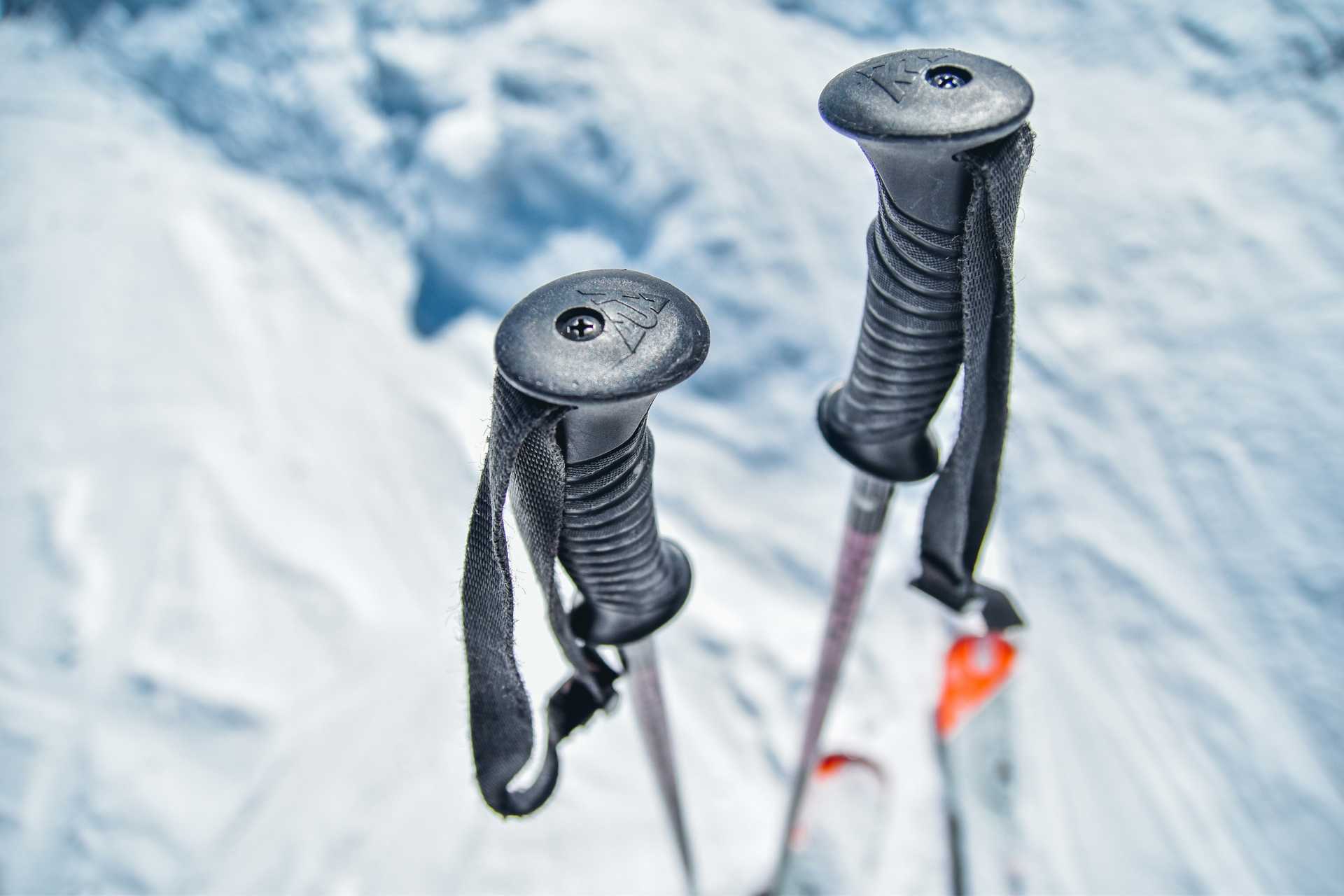What are trekking poles?
Trekking poles might (wrongly!) seem the stuff of amateur
walkers with all the gear and no idea to the untrained eye, or something you
might see the elderly and infirm wielding unsteadily as they attempt to creep
up a hill at snail’s pace. Whilst this might be true in some cases, it
certainly isn’t the full picture. Look for any photos of renowned mountaineers taking
on high peaks and you’ll see they have trekking poles dangling from their
well-covered wrists or stashed conveniently down the side of their pack, easily
accessible.
For those in the know, and the team at Kandoo Adventures HQ
definitely consider themselves in that category, a good pair of trekking poles
should accompany you on every trekking trip whether you’re tackling something
short and sweet or a getting to grips with a more challenging adventure.
what are trekking poles for?
They will also provide extra stability for those trekking
with injuries or weaker lower body parts. Having a third and fourth arm with
spikes on the bottom can help avoid trips and falls and offers extra grip when
navigating slippery and uneven ground.
Hiking poles come in a wide variety of styles, from a
single walking staff to telescopic walking poles, trekking poles with springs
for added shock absorption and lightweight trekking poles that weigh next to
nothing. Most are height adjustable as we trekkers come in all shapes and
sizes, but all should have pointed tips with a hard spike and usually a
removeable rubber cap. The cap will preserve the life of the spike and is
better for softer terrain whilst you may prefer to use the hard spike on rocky
or icy surfaces.
Your trekking poles may well have a basket or skirt around
the bottom to stop them sinking into soft terrain such as mud, puddles or deep
snow.
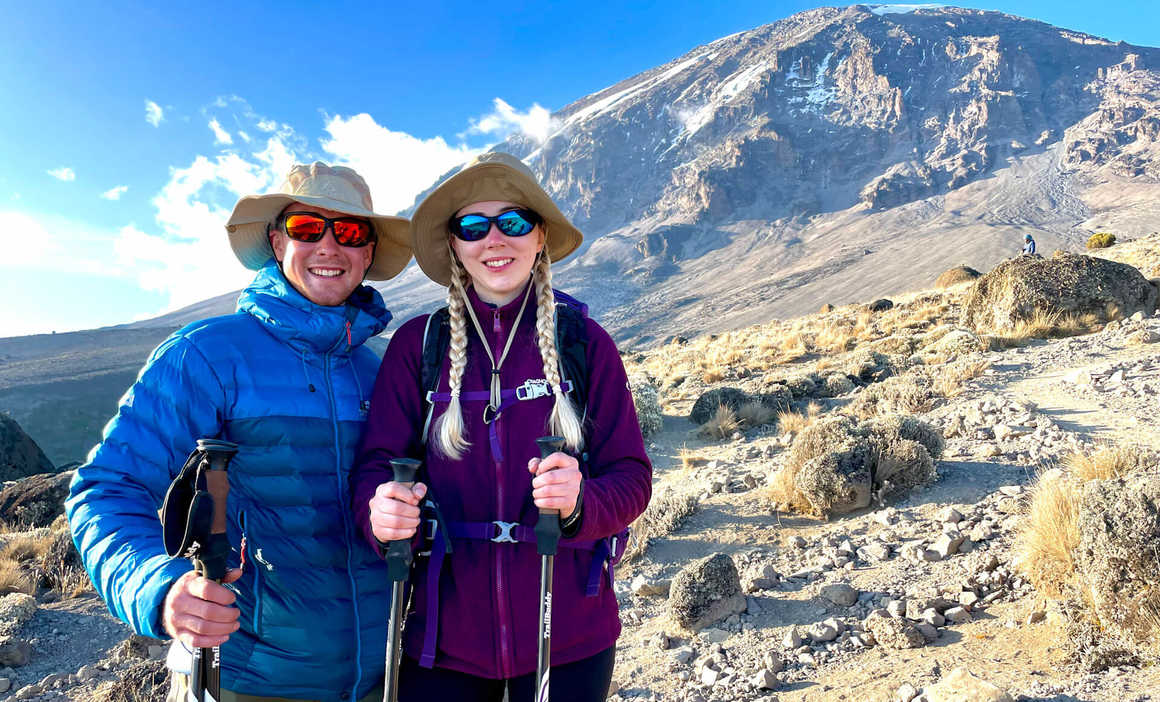
How to walk with trekking poles
Pop your hands through the wrist loops then trap the strap
between your palm and the grip of your pole. This will give you a firm grip on
your walking pole and stop them escaping you if you do fall over. It will also
mean that when you stop to take a drink of water or snap a photo you have full
use of your hands still.
Next spend a little time walking about slowly and as you do
try to plant your pole on the ground at the same time as the opposite leg. So
as you step onto your left leg, plant your right pole and then as you step onto
your right leg, plant your left pole. As you get into a rhythm this will become
second nature and you’ll be a trekking pole pro before you know it.
Occasionally you might need to double plant your trekking
poles where you put them both down at the same time in front of you. This will
help navigate more tricky terrain when it is steep or stepped for example. When
not navigating obstacles, remember to alternate hands and legs again to get
optimum benefit from your poles.
Once you have mastered the technique, feel free to play
around with your pole length to get maximum support. You might want to try
shortening your poles for uphill slogs to help take some of the load out of
your legs. Alternatively, if you’re walking downhill you can lengthen your
poles and use your upper body to take some of the weight from your knees. Trial
and error will help you find the most supportive position for your hiking pole length
to match your terrain.
Why use trekking poles?
If used correctly, trekking poles will generally:
·
Improve endurance
·
Protect your legs from the impact of navigating
uneven terrain
·
Aid balance on varied ground surfaces
·
Engage your core, back and upper body
·
Reduce fatigue
·
Potentially increase walking speed
·
Burn more calories by using more of your body
whilst hiking
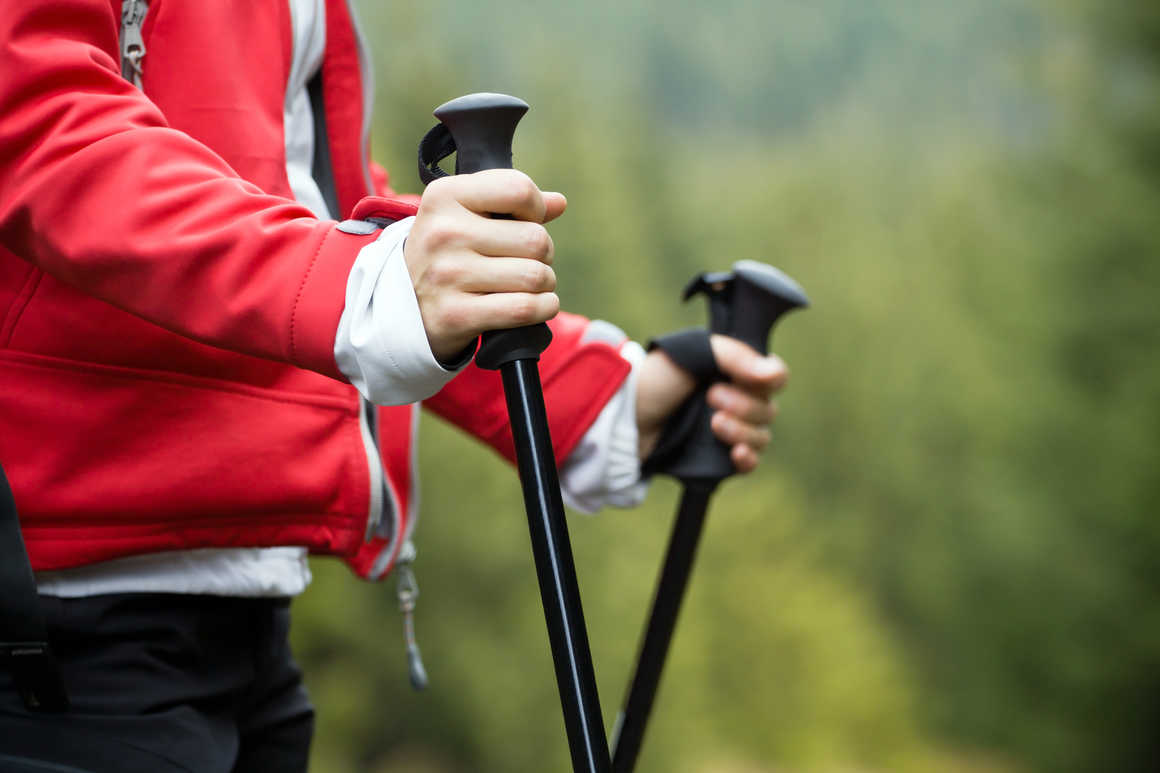
What are trekking poles made from?
In addition to these two materials, you can also get steel
trekking poles, anti-shock trekking poles with spring loaded mechanisms, cork
grip trekking poles, wooden trekking poles and telescopic trekking poles. There
is so much choice, the best trekking poles for you are probably best bought in
store so you can find the most comfortable fit and performance that suits your
needs.
What size trekking poles should I get?
When you have the pole grips in your hand you should be able
to rest your elbow at a 90 degree angle with the tip of the pole touching the
ground. If your hands are higher than your elbow, then you will need to shorten
your poles or go for a shorter fixed length. If your hands are set below your
elbow height, then you will need longer poles.
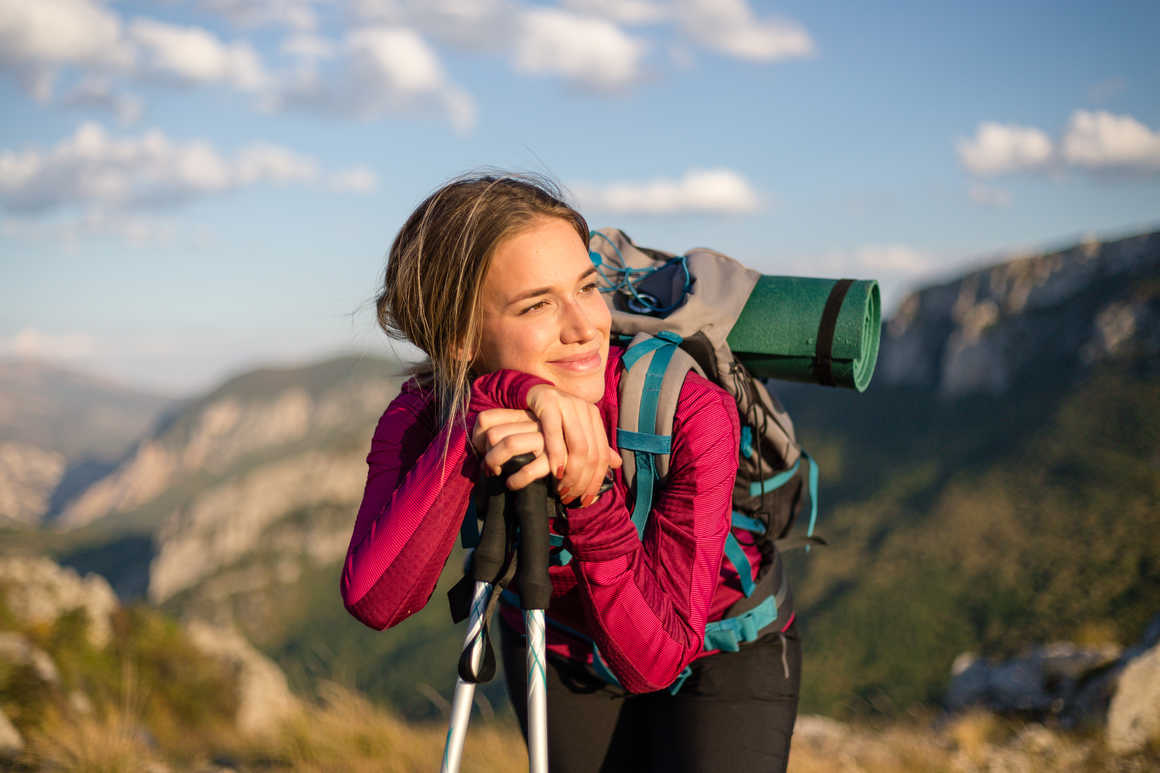
Is there a difference between women’s trekking poles and men’s?
What are the best trekking poles?
Recommendations
2.
Black Diamond trekking poles – slightly cheaper
generally than Leki trekking poles, Black Diamond trekking poles are a more
midrange option for trekkers.
3.
MSR trekking poles – the more expensive light
trekking pole option but again, consistently highly rated on trekking pole
reviews, MSR trekking poles are durable and strong and will take you on many
adventures.
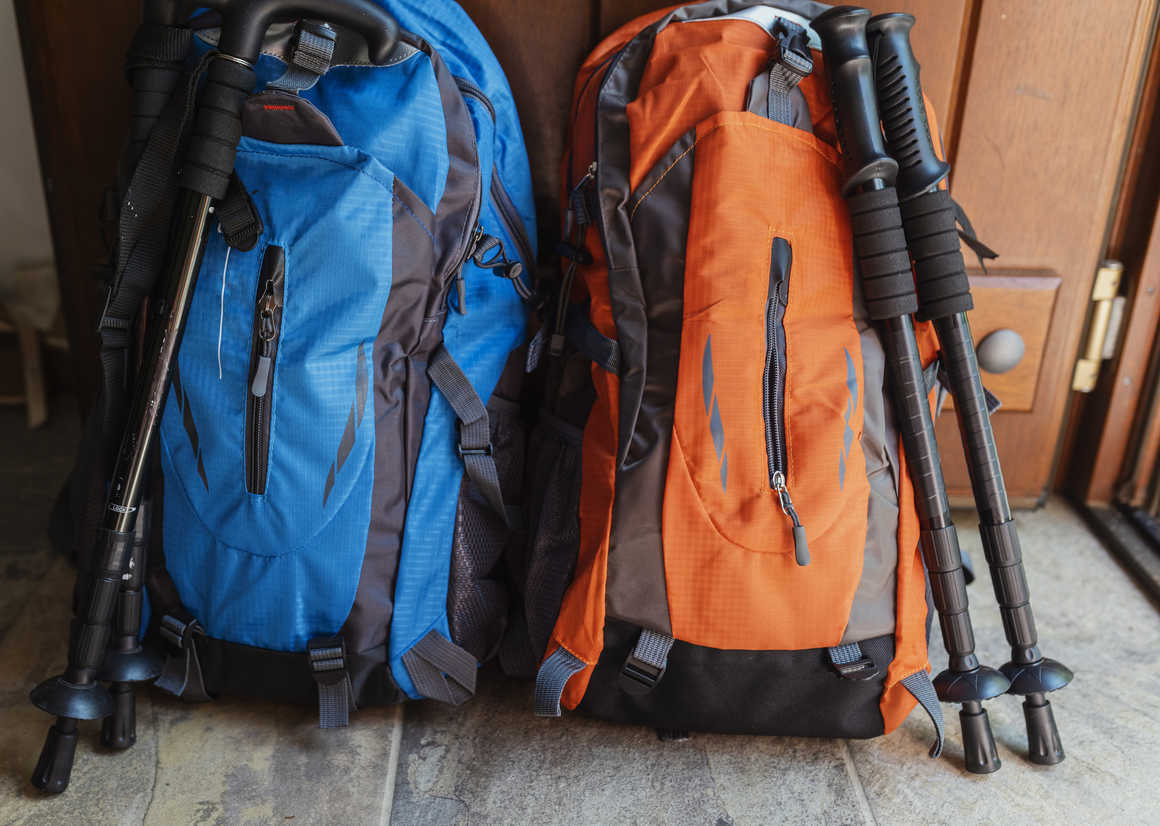
How to look after your trekking poles
Store your poles in a clean and dry place to ensure they are
ready and raring to go on your next trekking adventure.
Other uses for trekking poles
Trekking pole tents are a thing. Save on weight by finding a
tent that you can put up with your trekking poles. How cool is that. There are
a range of trekking tents available that have been made to use trekking poles
instead of tent poles, thus saving both space and weight in your pack. Alpkit
lightweight trekking pole tents in particular are super popular with those
carrying their own tents.
Trekking poles with camera mount functions are also
available. For those budding photographers or amateur snappers, no need for a
selfie stick or a tripod when you can get a trekking pole camera mount to hold
your lens in place. Now we can’t speak to how reliable these are but if it
saves space and weight, carrying a small mount will be much easier than
trekking with your tripod.
Trekking pole tips
·
Opt for a telescopic trekking pole if you want
to easily be able to stash your poles in your pack when not in use.
·
Choose a light trekking pole if you are covering
long distances or on multi-day trips.
·
Practice with your poles to perfect your
technique before you embark on your route.
·
Don’t leave your trekking pole tips at home! You
may need them.
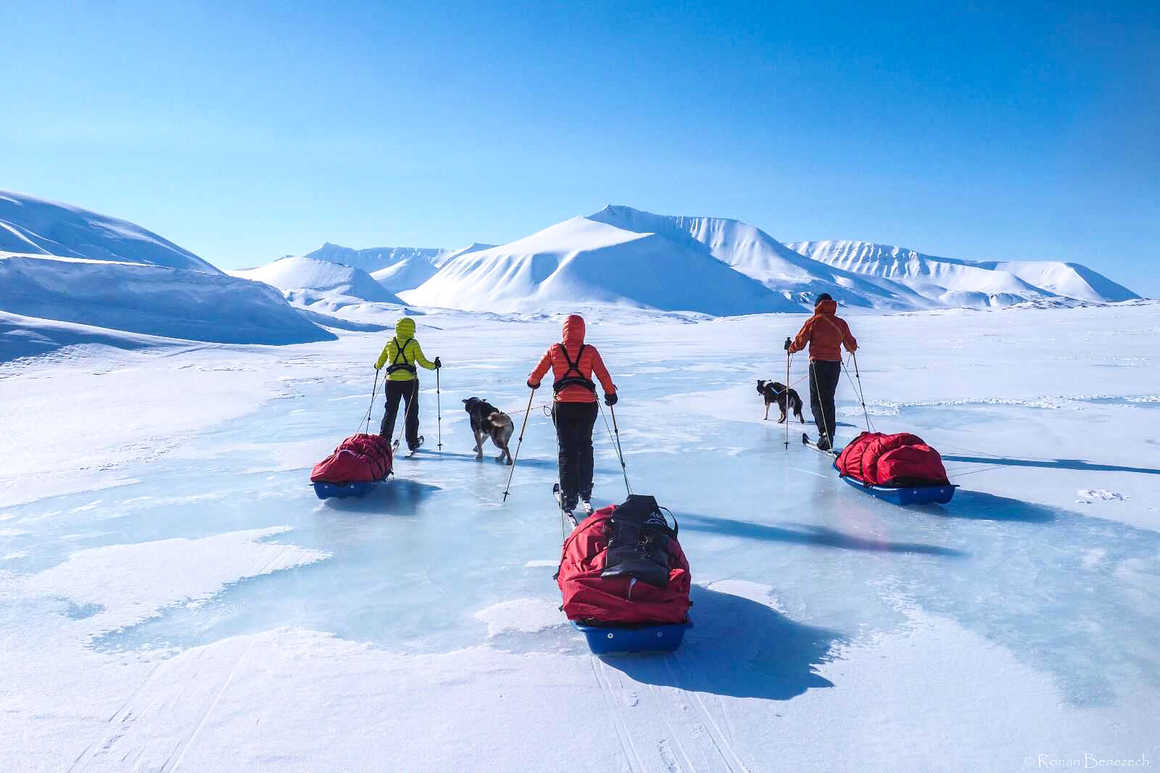
Do I need trekking poles for my Kandoo Adventures trip?
As an indication, if you wanted to climb Mount Toubkal in
Morocco then yes, trekking poles are an essential piece of kit. For most of our
trips that are rated moderated to tough you will need trekking poles for your
hike. If you’re heading to Finland to play in the snow then trekking poles are
not necessary, similarly you would not need walking poles to go on safari!
Always check the equipment list for your trek and if you’re
not sure, get in touch.
Best trekking poles for climbing Kilimanjaro
We’d recommend Alpkit trekking poles which range from budget
to high-end depending on which pair you go for. They have a fantastic range of
carbon trekking poles, some ultralight if streamlining what you carry if a
priority for you.
Best trekking poles for trekking the Inca Trail
We reckon that Fizan compact trekking poles are a good
investment if you are looking for reasonably priced aluminium poles.
Best trekking poles for hiking to Everest Base Camp
Look out for Leki trekking poles for your trek to Everest
Base Camp. For ultralight poles the Leki Makalu trekking poles will set you
back over £100 but are well worth the expense. For a more midrange pair, try
Leki Voyager trekking poles which are height adjustable, made from aluminium
and telescopic so easy to stow.










